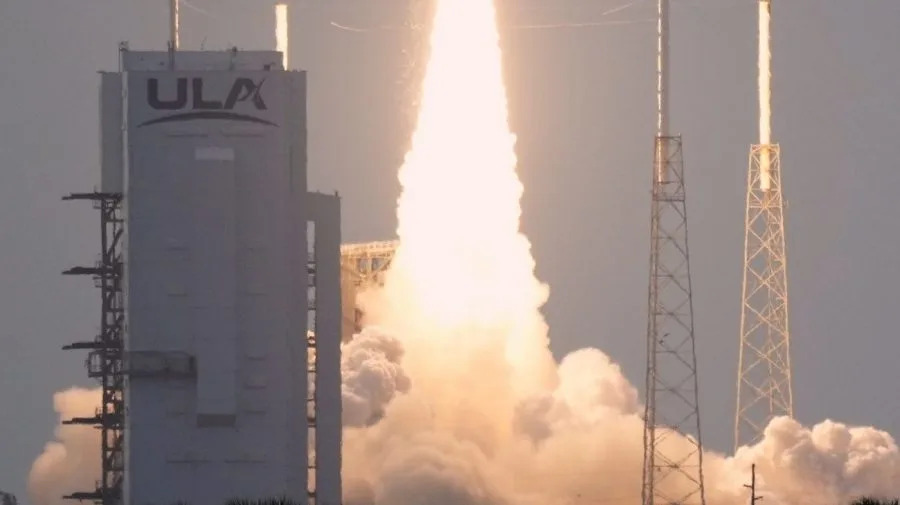Vulcan Rocket Soars in Historic First Flight for U.S. Space Force

A United Launch Alliance (ULA) Vulcan rocket successfully launched Tuesday evening from Florida, marking the inaugural flight sanctioned by the U.S. Space Force. The towering 200-foot spacecraft, propelled by four robust boosters, ascended into the night sky at 8:56 p.m. EDT from Cape Canaveral Space Force Station.
Col. Jim Horne, USSF-106 mission director, hailed the event as “an exciting day” and a significant milestone for both ULA and the nation’s strategic space launch capabilities. He emphasized years of collaborative development culminating in the successful deployment of payloads into orbit. “After years of development, technical collaboration and dedication by all involved… I’m proud to say the first Vulcan NSSL mission delivered its payloads safely into space,” Horne stated in a Wednesday morning announcement.
Approximately seven hours after liftoff, the rocket separated its experimental cargo as it reached geosynchronous Earth orbit, according to the Space Force. The USSF-106 mission carried at least two satellites, including the Navigation Technology Satellite-3 (NTS-3). This satellite represents the first integrated U.S. navigation experiment in nearly five decades, the agency confirmed.
According to Joanna Hinks, a senior aerospace engineer with the Air Force Research Laboratory, NTS-3 will facilitate experimentation with various technologies aimed at enhancing and evolving GPS capabilities. “With NTS-3, we are going to be experimenting with a number of different technologies that look at how we can continue to evolve and augment GPS,” she explained in an interview with CBS News, adding the importance of maintaining GPS as a vital asset for military operations. The second satellite’s purpose remains classified.









